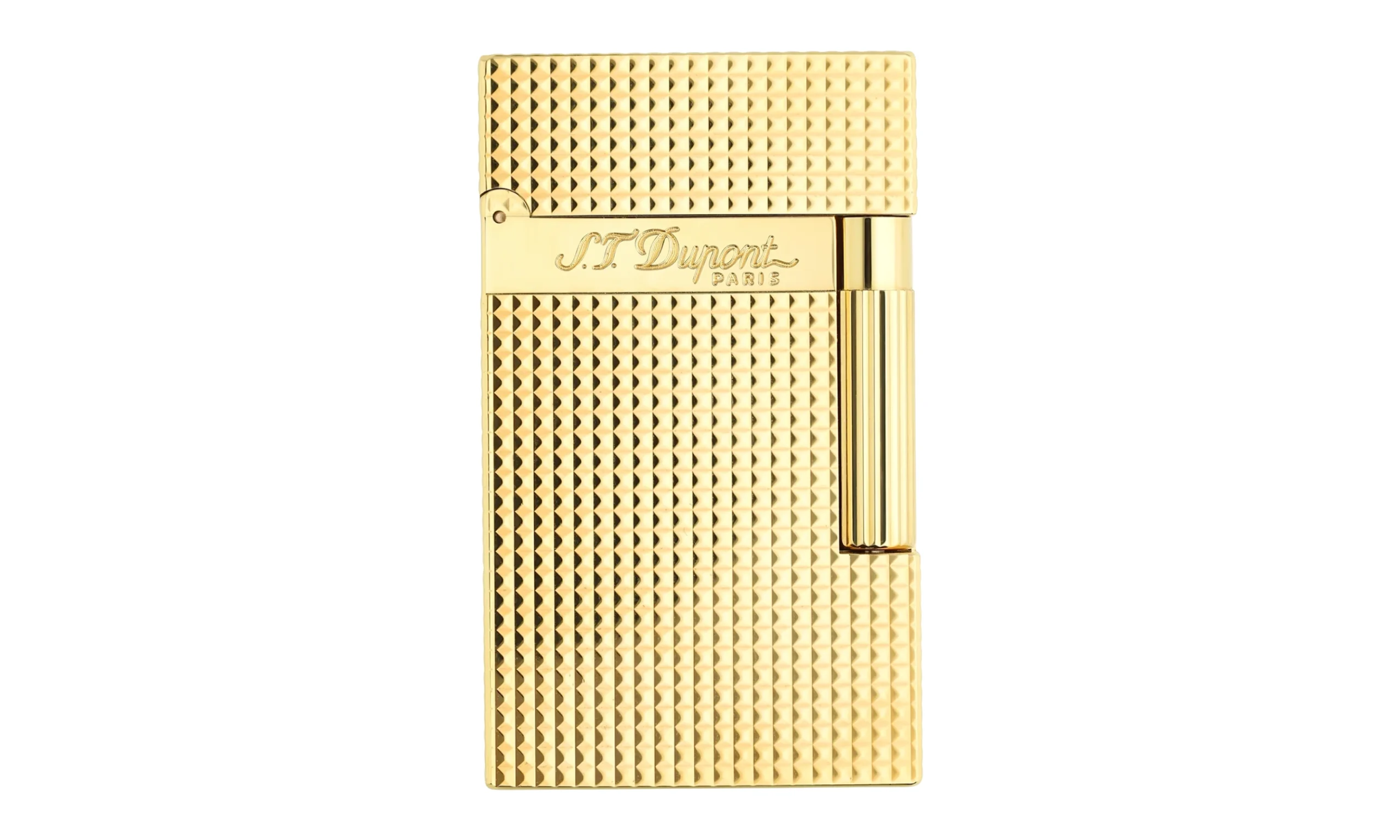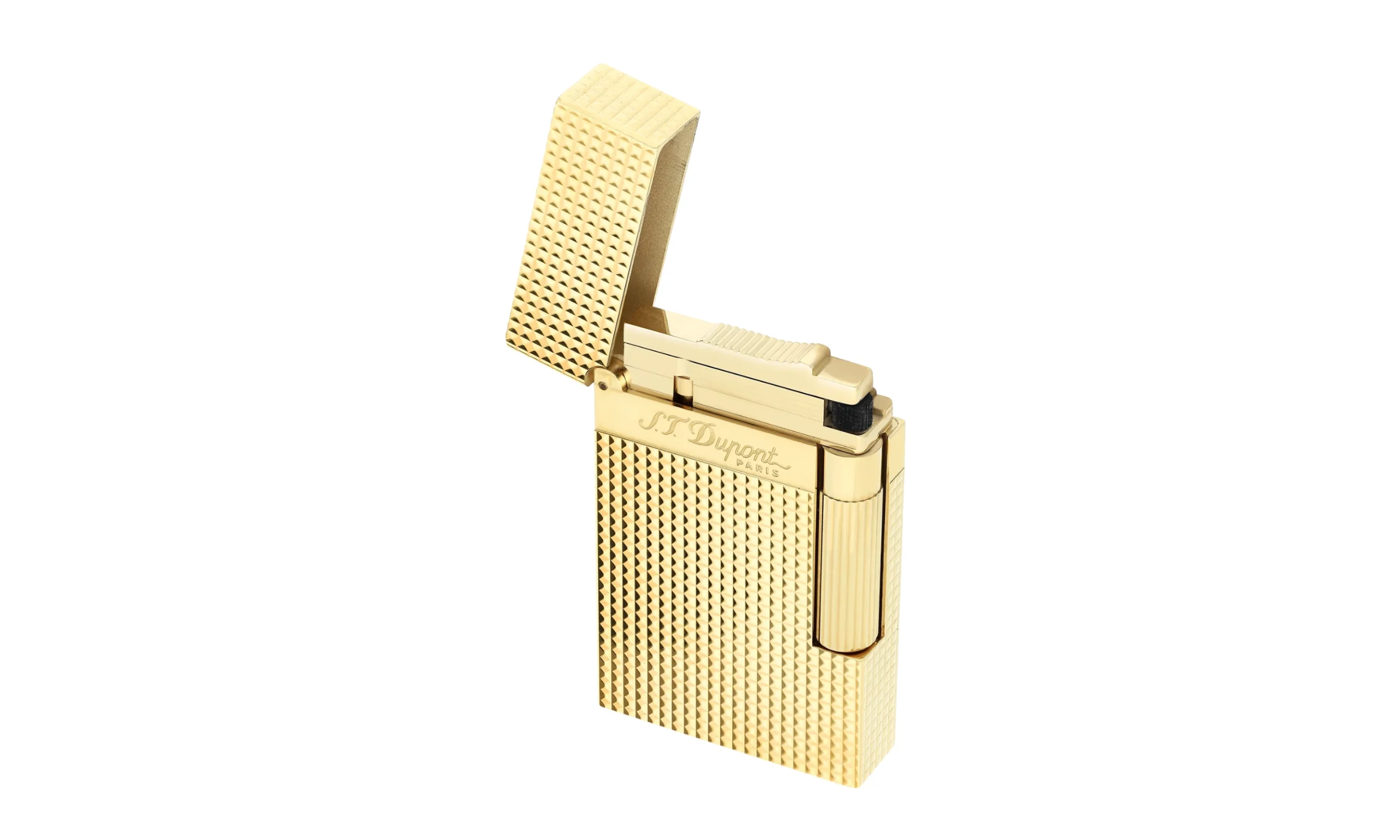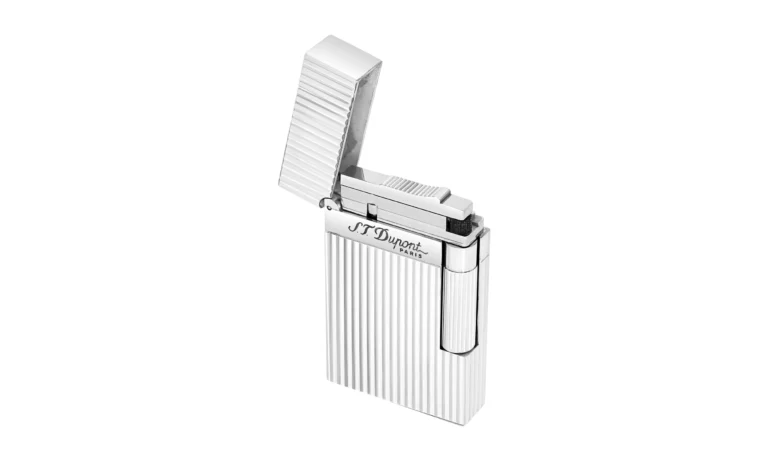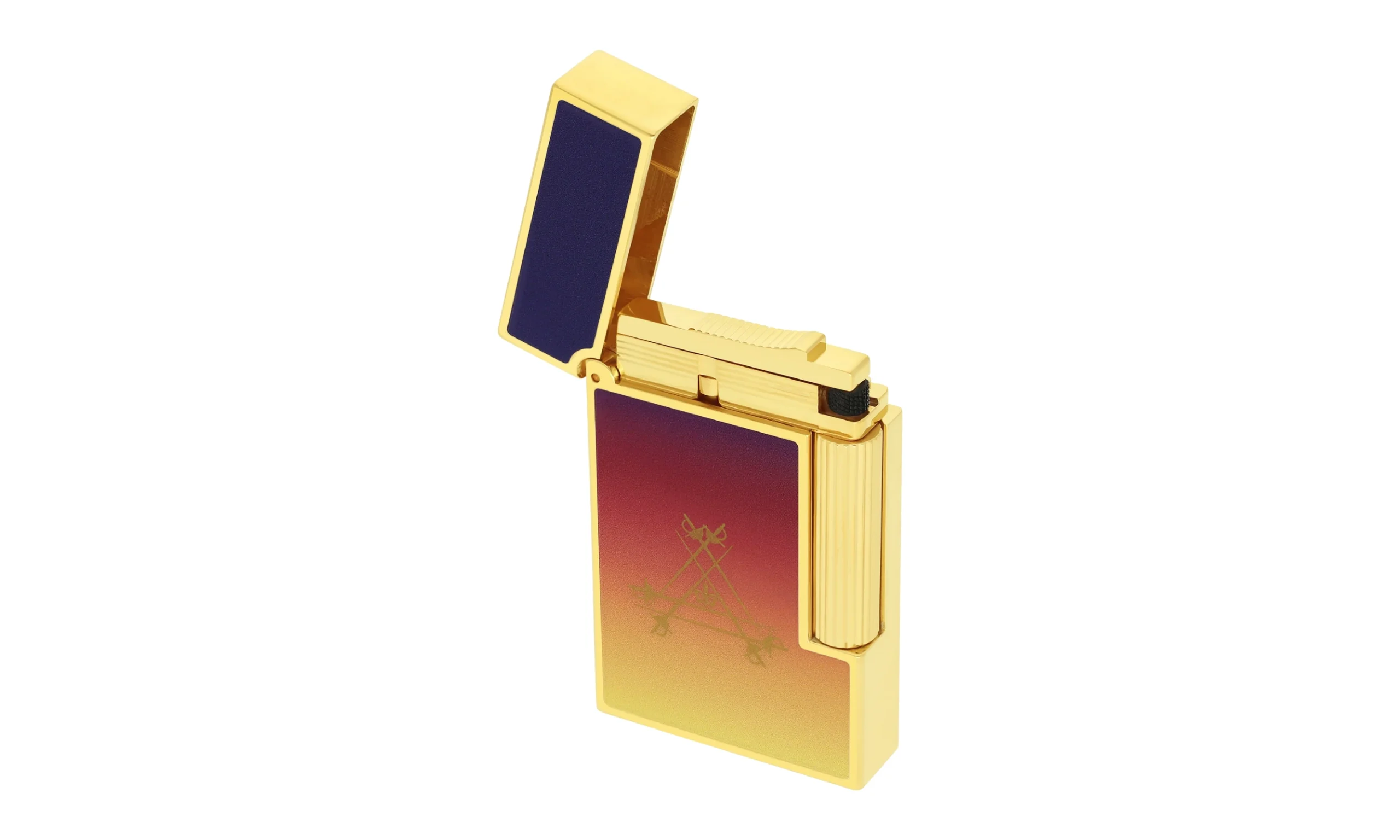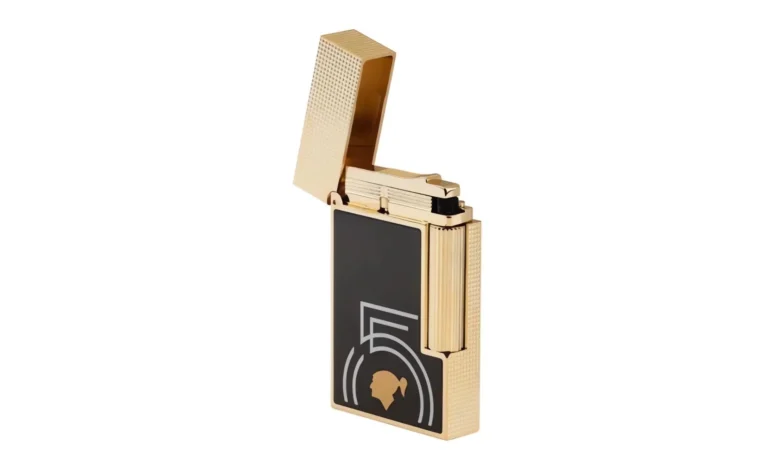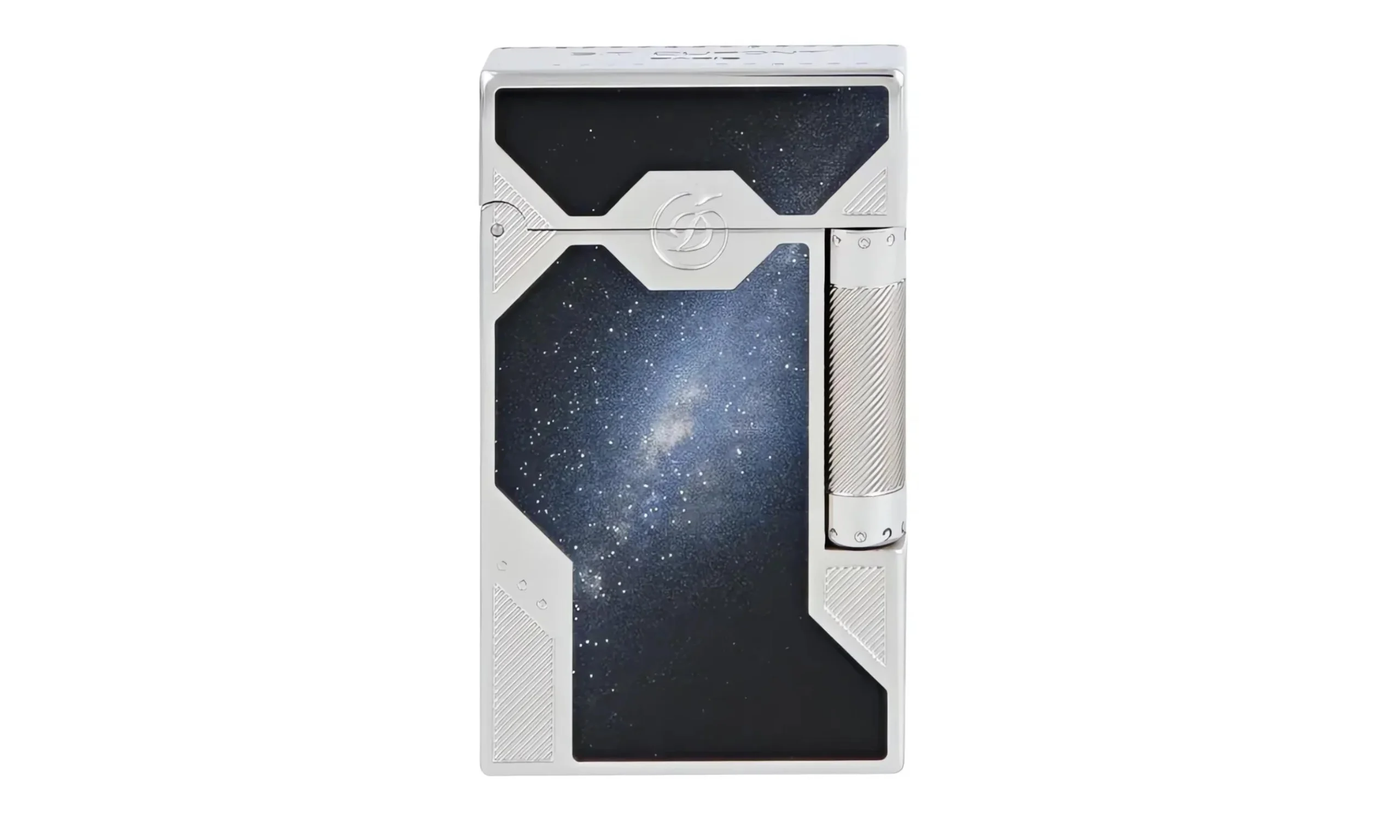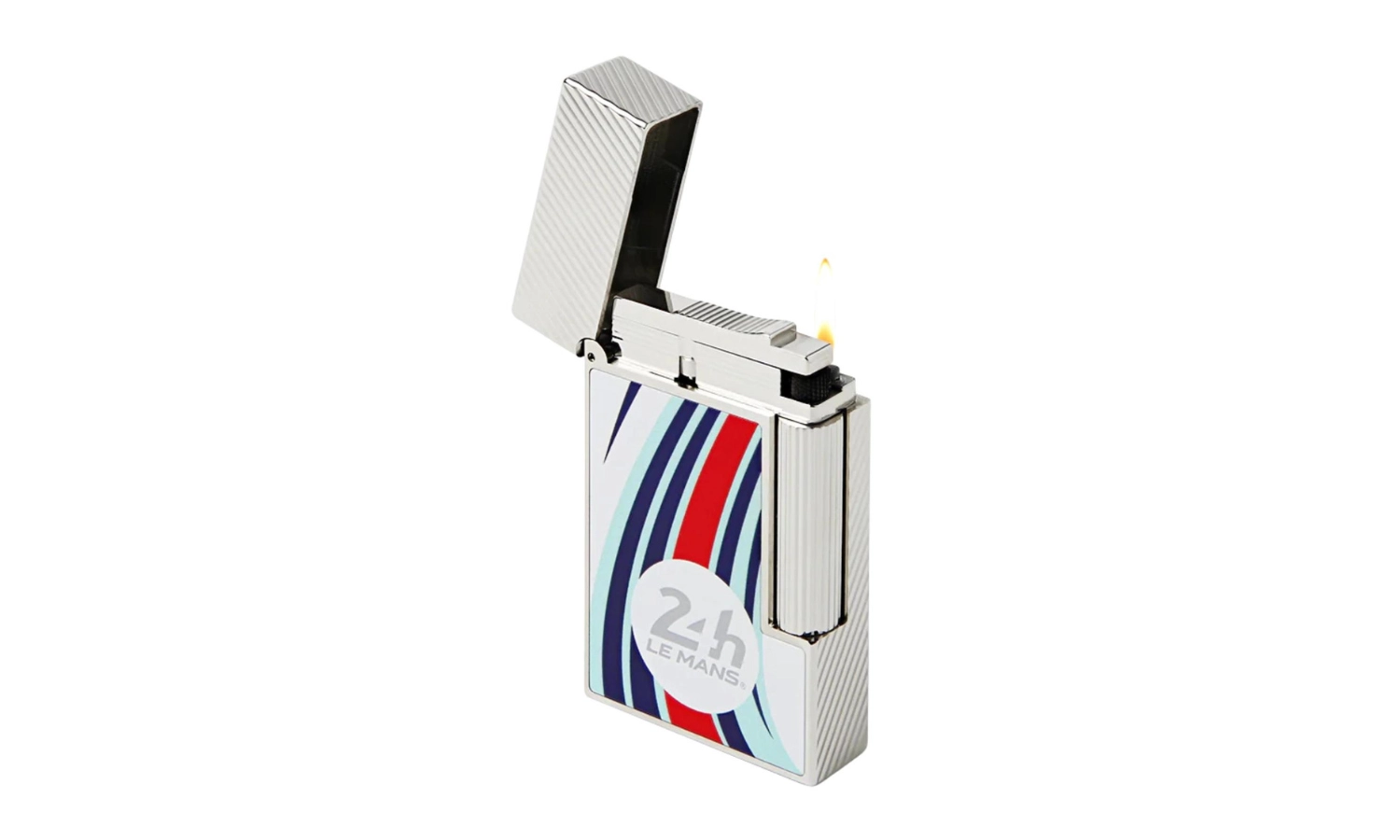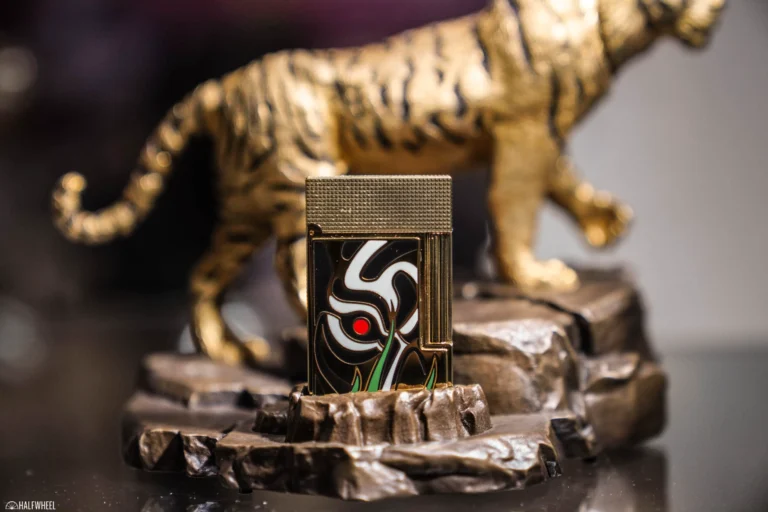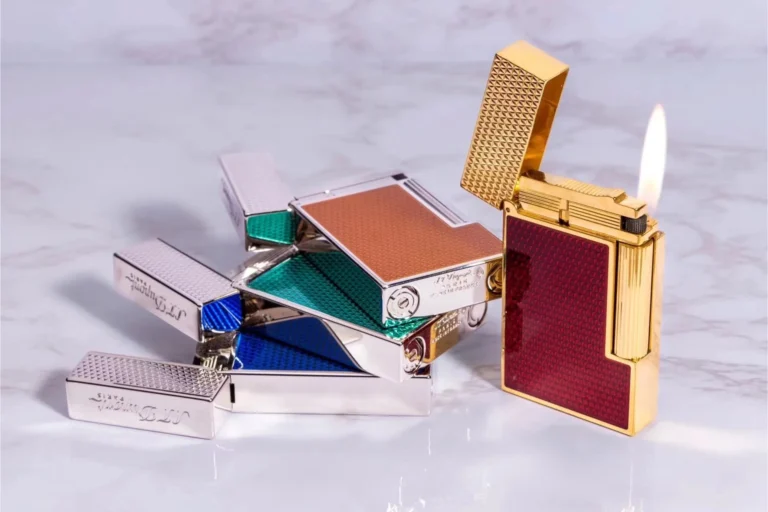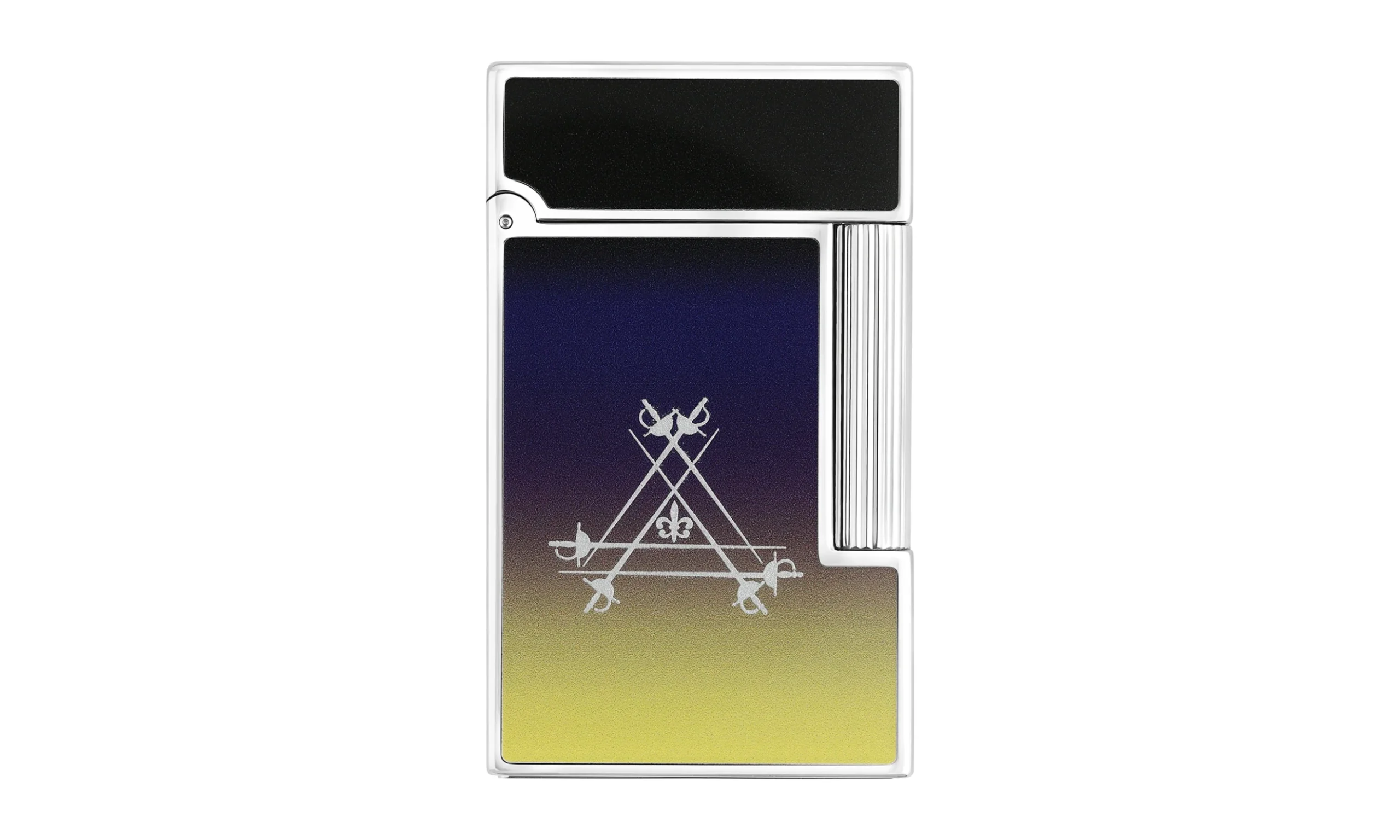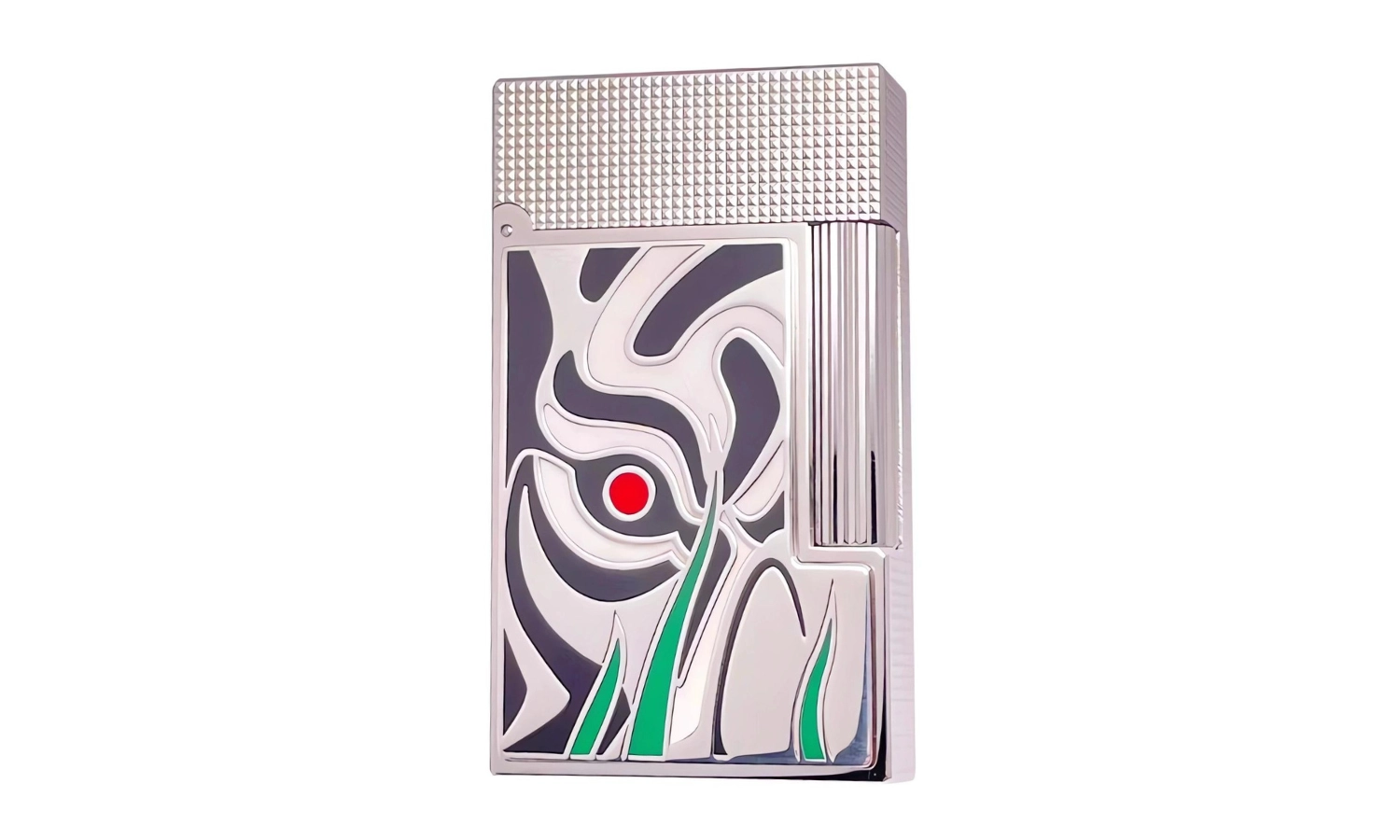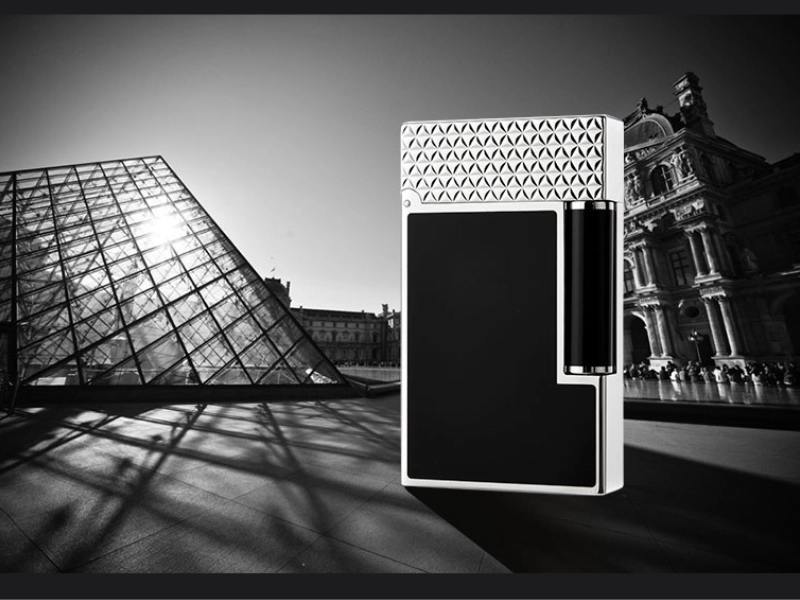Guide to Refilling Your S.T. Dupont Lighter with Gas: A Step-by-Step Manual

Harrison B. Caldwell
Introduction:
Welcome to this comprehensive guide tailored specifically for connoisseurs of luxury accessories and aficionados of S.T. Dupont Lighters. These exquisite lighters aren’t just everyday objects; they stand as symbols of class and refined aesthetics. Refilling such a luxury item isn’t merely a routine task; it directly impacts both its performance and longevity. Ensuring that an S.T. Dupont Lighter is filled correctly not only promises an optimal user experience but also safeguards its quality and reliability for years to come.
For anyone who has invested in an S.T. Dupont Lighter, treating this luxury item with the same meticulous care with which it was crafted is paramount. This is precisely why the gas-filling process shouldn’t be taken lightly. In this guide, you will learn how to refill your lighter safely and efficiently, without compromising its unique mechanics or aesthetics.
However, before delving into the refilling process, it’s crucial to understand the safety guidelines and specific preparations to minimize risks and ensure the best possible performance. So, without further ado, let’s embark on this enlightening journey.
This guide will not only provide you with a clear roadmap to refilling your S.T. Dupont Lighter but also serve as an invaluable resource for frequently asked questions and the proper maintenance of this French craftsmanship masterpiece.
Ready to get started? Let’s dive in.
Section 1: Preparation and Safety Guidelines:
For the discerning collector or luxury enthusiast, the essence of cherishing an S.T. Dupont Lighter doesn’t just lie in its use, but also in its care. Like any work of art or luxury item, maintaining and refilling an S.T. Dupont Lighter requires certain tools and a strict adherence to safety protocols. Let’s delve into the specifics.
Essential Tools:
Before embarking on the refilling process, gathering the right tools is crucial. Here are the essentials:
- Gas Canister: Always use the recommended gas by S.T. Dupont. These canisters are specially designed for your lighter model, ensuring optimal refilling and performance.
- Protective Goggles: To shield your eyes from any potential splashes or emissions from the gas.
- Gloves: Gas can be extremely cold, which can cause skin irritations or even minor burns. A pair of protective gloves will ensure that you can handle the canister and lighter safely.
- Cloth or Rag: Useful for wiping off any residual gas and for handling the lighter, especially if it gets cold from the gas.
Important Safety Measures Before Refilling:
Refilling an S.T. Dupont Lighter isn’t merely about filling it up with gas. It’s a nuanced process, where safety takes precedence.
- Ventilated Area: Always perform the refilling in a well-ventilated area. This ensures any gas that might escape during the refilling process disperses quickly, reducing the risk of inhalation or fire hazards.
- No Open Flames: Ensure that there are no open flames or glowing objects nearby. Remember, butane is highly flammable, and even a small spark can cause it to ignite.
- Stable Surface: Use a flat, non-slip surface to rest your lighter during the refilling process. This not only helps in efficient filling but also minimizes the risk of accidental gas spills.
- Gas Pressure: Before attaching the gas canister, ensure that the pressure level of the gas matches the requirements of the lighter. Incorrect pressure can damage the internal mechanism of the lighter or result in imperfect filling.
To sum up, the refilling process is an art that combines precision, respect for the tool, and an understanding of its underlying mechanics. The S.T. Dupont Lighter isn’t just a functional tool; it’s a piece of craftsmanship that deserves the utmost care. Every step, from preparation to the actual refilling, should be approached with meticulous attention and knowledge.
In the realm of luxury accessories, where details make all the difference, the right way of refilling your S.T. Dupont Lighter can make a significant impact. And remember, while these safety guidelines may seem extensive, they ensure the longevity of your investment and protect its intrinsic value as a collector’s item.
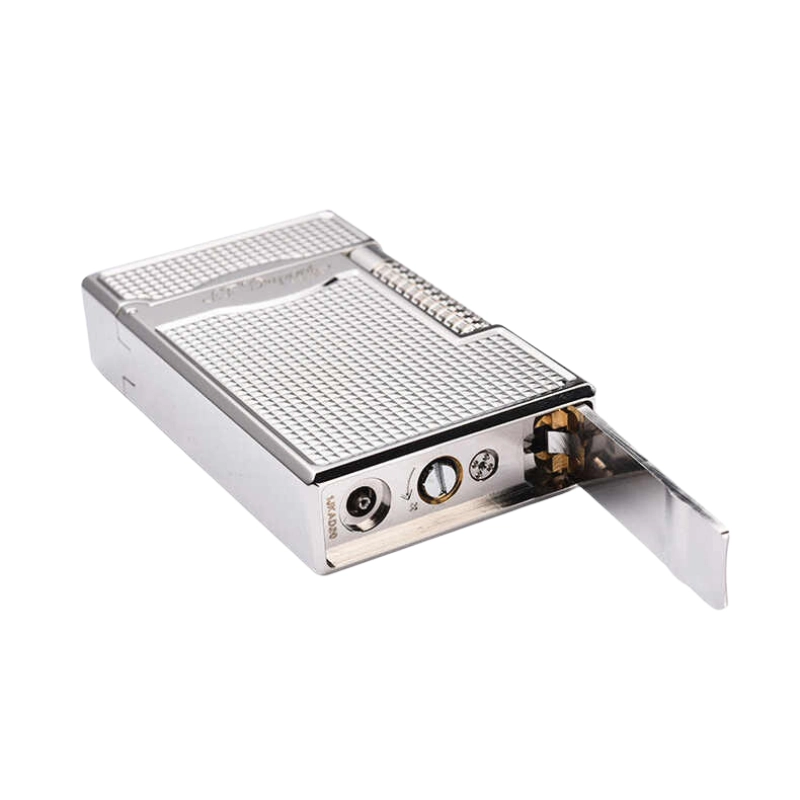
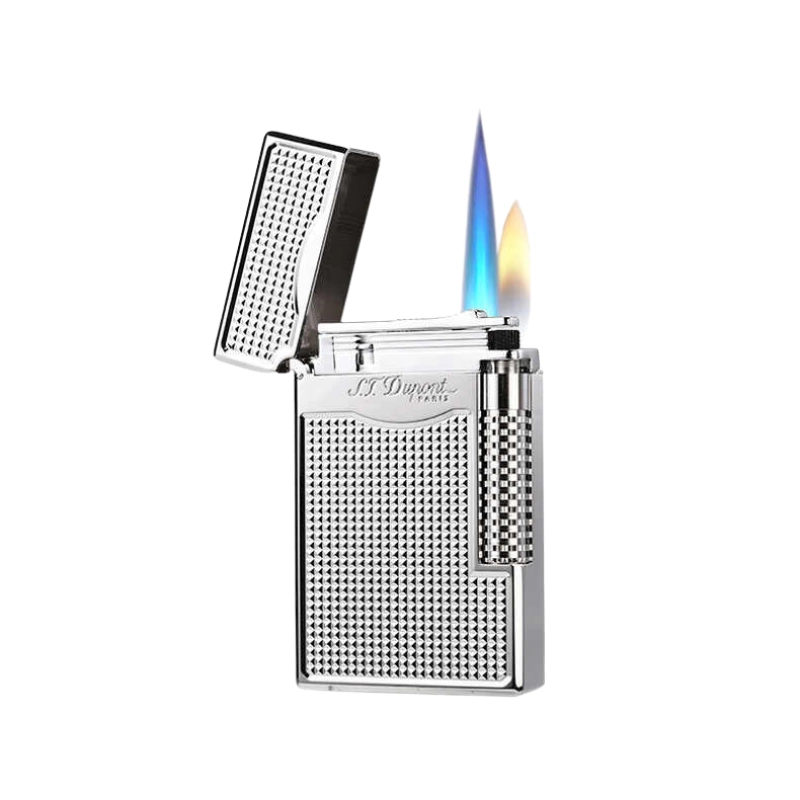
Section 2: Step-by-Step Refilling Instructions:
Refilling an S.T. Dupont Lighter isn’t just about topping it off with gas; it’s a nuanced procedure that ensures its optimal performance and longevity. By following the steps outlined below, you not only preserve the integrity of your lighter but also enhance its lifespan.
Step 1: Emptying Out Old Gas
Ensuring your S.T. Dupont Lighter performs at its best starts by emptying out any residual gas. This is essential to:
- Eliminate any potential mixture of new and old gas, which can affect performance.
- Ensure that there’s no air trapped inside, which can impede the filling process.
- Safety First: Before you start, ensure you’re in a well-ventilated space. Don the protective gloves and goggles for safety.
- Position: Hold the lighter with the refill valve facing up.
- Release: Gently press down on the valve using a small screwdriver or the tool provided with the lighter. This action will release the old gas, and you might hear a hissing sound as the gas escapes.
Step 2: Locating and Opening the Valve
The valve is where the magic happens. It’s the gateway to your lighter’s performance and needs meticulous handling.
- Finding the Valve: Typically, the valve is located at the base of your S.T. Dupont Lighter.
- Opening: Use the special tool that came with your lighter or a small screwdriver. Approach with caution, ensuring you don’t apply too much force, which might damage the valve.
Step 3: Filling with Gas
This is the most crucial phase of the process, demanding precision and care.
- Alignment: Ensure the gas canister and lighter are aligned in a straight line. This helps in efficient filling.
- Refill: Firmly press the gas canister onto the valve, holding both together for about 3-5 seconds. A slight hissing sound is an indicator that gas is flowing into the lighter.
- Checking: After releasing, wait for a few seconds. Repeat the process if necessary, but ensure not to overfill.
Step 4: Closing the Valve and Function Testing
Post refilling, it’s essential to check if the lighter functions correctly and ensure no gas leaks.
- Seal the Valve: Using the provided tool or a screwdriver, close the valve gently.
- Function Test: Ignite the lighter. A smooth, steady flame indicates a successful refill. If not, it might be beneficial to consult the user manual or a professional.
While refilling an S.T. Dupont Lighter might seem straightforward, the steps mentioned above are critical to ensuring its peak performance. Remember, this isn’t just any lighter; it’s a testament to fine craftsmanship, a luxury accessory that deserves the utmost care. By adhering to these guidelines, you not only preserve its value but also ensure that its flame burns bright and consistent, symbolizing the passion and precision that went into its making.
This guide intends to serve as a beacon for all S.T. Dupont Lighter owners, emphasizing the blend of luxury and functionality. It’s not just about having an accessory; it’s about cherishing it, understanding its intricacies, and ensuring it remains a cherished possession for years to come.
Section 3: Frequently Asked Questions (FAQs) and Troubleshooting:
The world of luxury accessories, particularly the realm of high-end lighters like the S.T. Dupont, is fascinating. However, it’s also complex. Given the intricate craftsmanship of these pieces, questions and challenges may arise. Addressing some of the most frequently asked questions and providing solutions ensures that your prized possession remains in impeccable condition.
What to do if the lighter doesn’t work after refilling?
Despite meticulous care during the refilling process, there might be instances where the lighter doesn’t spark to life immediately post-refill. Before panicking, consider the following:
- Valve Issues: Ensure that the valve hasn’t been inadvertently damaged or blocked. A malfunctioning valve can impede gas flow.
- Gas Quality: Always remember that the purity of the gas matters. Using non-recommended or low-quality gas can clog the lighter’s mechanism.
- Seal Check: The seal might not be correctly placed or could be compromised, leading to gas leakage. In such scenarios, it might be time for a replacement.
- Ignition Mechanism: The problem might not be with the gas or its flow but with the ignition mechanism itself. Check to see if it’s producing a spark.
- Pressure Check: Refilling with too much or too little pressure can cause issues. Ensure that the pressure during refilling was within the lighter’s specifications.
How often should refilling ideally be done?
The frequency of refills largely depends on several factors:
- Usage Frequency: Naturally, the more frequently you use the lighter, the quicker it will run out of gas.
- Model Specifics: Some S.T. Dupont models come with larger gas reservoirs, translating to less frequent refills.
- Environmental Factors: Colder environments can affect the lighter’s gas pressure, leading to more frequent refilling needs.
For collector pieces that see infrequent use, it’s a good practice to drain and refill the lighter every six months. This ensures freshness of the gas and optimal functioning of the mechanics.
Conclusion and Further Resources:
Owning a luxury accessory, such as the S.T. Dupont Lighter, is not just about the prestige it carries, but also the responsibility that comes with its maintenance. Each of these finely crafted pieces is a testament to years of craftsmanship, innovation, and passion. This detailed guide has aimed to provide insights and actionable steps to ensure that the legacy of your lighter is preserved and it remains a shining beacon of your refined taste.
Summary of Key Steps and Tips:
- Preparation is Paramount: Before embarking on the refilling journey, ensure you have the right tools at your disposal. This includes the recommended gas canister, protective gloves, and goggles.
- Safety First: Refilling should always be done in a well-ventilated area, away from any open flames, ensuring both your safety and the integrity of the lighter.
- Methodical Refilling: From emptying the old gas to sealing the valve post-refill, every step should be done with precision and care.
- Troubleshooting: Understand that even with the utmost care, issues might arise. Having a comprehensive knowledge of potential problems, from valve issues to ignition mechanism malfunctions, prepares you for quick and efficient solutions.
- Maintenance: It’s not just about the refill. Regularly checking the seal, valve, and ignition system ensures your S.T. Dupont Lighter remains in peak condition.
Links to official S.T. Dupont resources for additional information or accessories:
For those wishing to delve deeper into the world of S.T. Dupont or require specialized accessories, the official S.T. Dupont website stands as a treasure trove of information:
- Official User Manuals: Detailed guides that provide insights into the intricate workings of various S.T. Dupont models.
- FAQs and Support: From minor issues to detailed queries, this section provides resolutions for all concerns.
- Accessories and Spare Parts: Looking for authentic gas canisters, replacement valves, or elegant cases? This section ensures your lighter is always accompanied by genuine accessories.


